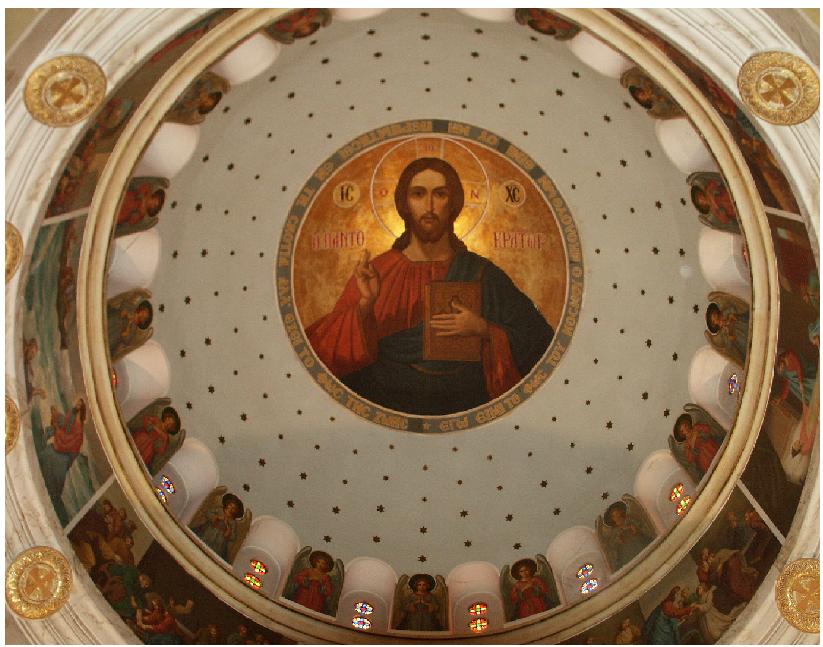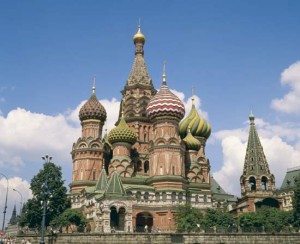Lifted Up With the Ascended Christ
At once I was in the Spirit, and behold, a throne stood in heaven, with one seated on the throne.
Rev. 4:2
Heavenly worship occurs during the celebration of the ancient liturgy as the people of God are lifted up to heaven with the ascended Christ as they partake of Holy Eucharist. The Holy Eucharist unites heaven and earth by elevating the church into an experience of worship with the people of God, past and present, around the throne of God in the presence of God.
Heavenly worship recognizes that the line between the physical reality of earth and its three dimensions and the spiritual reality of heaven and its angelic worship will become blurred as we enter the presence of the Lamb of God , slain yet standing, on the altar of God.
The worship that we experience on earth should be an experience of the worship that is presently occurring in heaven. Not only should heavenly worship be our experience, but our models of worship should reflect those elements of worship used in heaven.
Biblical instruction directs the people of God to worship following the model and practices of heaven. Earthly worship is to mirror heavenly worship in “spirit and in truth” (Ex. 24:9-11; Isa. 6:1-5; Ezek. 1:4-28; Dan. 7:9-14; Heb. 12:22-24; Rev. 4:1-5:14).
In order that pious souls may duly apprehend Christ in the supper, they may be raised up to heaven . . . and for the same reason it was established of old that before the consecration the people should be told in a loud voice to lift up their hearts.
John Calvin, The Institutes of the Christian Religion, 4.17.36.
We knew not whether we were in heaven or on earth.†Worship, for the Orthodox Church, is nothing less than “heaven on earth.†The Holy Liturgy is something that embraces two worlds at once, for both in heaven and on earth the liturgy is one and the same—one altar, one sacrifice, one presence. In every place of worship, however humble its outward appearance, as the faithful gather to perform the Eucharist, they are taken up into the “heavenly placesâ€; in every place of worship when the holy sacrifice is offered, not merely the local congregation is present, but the church universal—the saints, the angels, the Mother of God, and Christ himself.
Timothy (Kallistos) Ware, “The Earthly Heaven,â€Â Eastern Orthodox Theology: A Contemporary Reader, ed., Daniel Clendenin (Grand Rapids, MI: Baker, 1995), 12.

